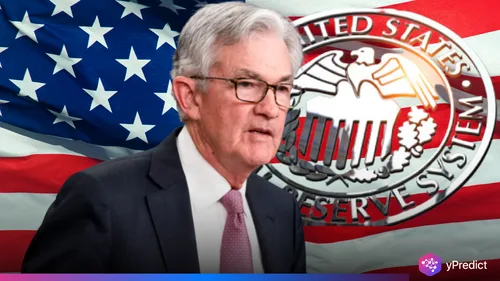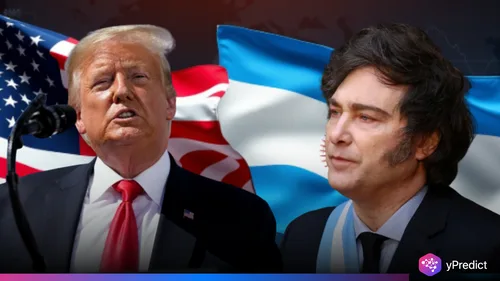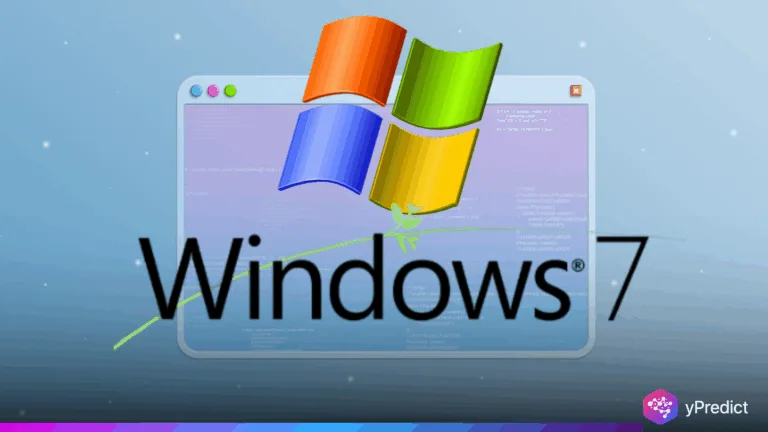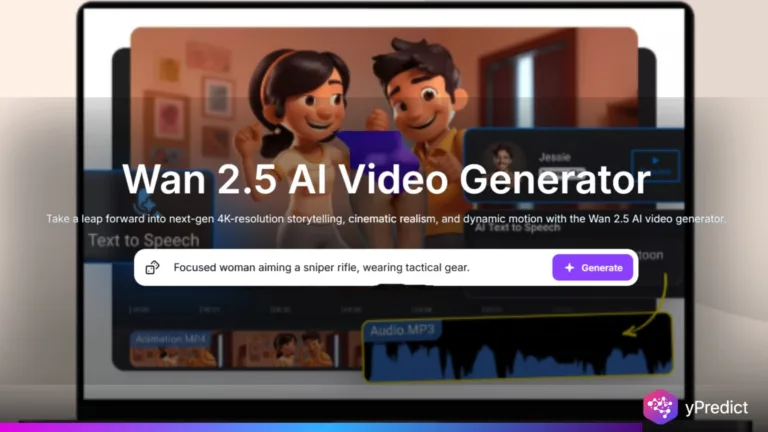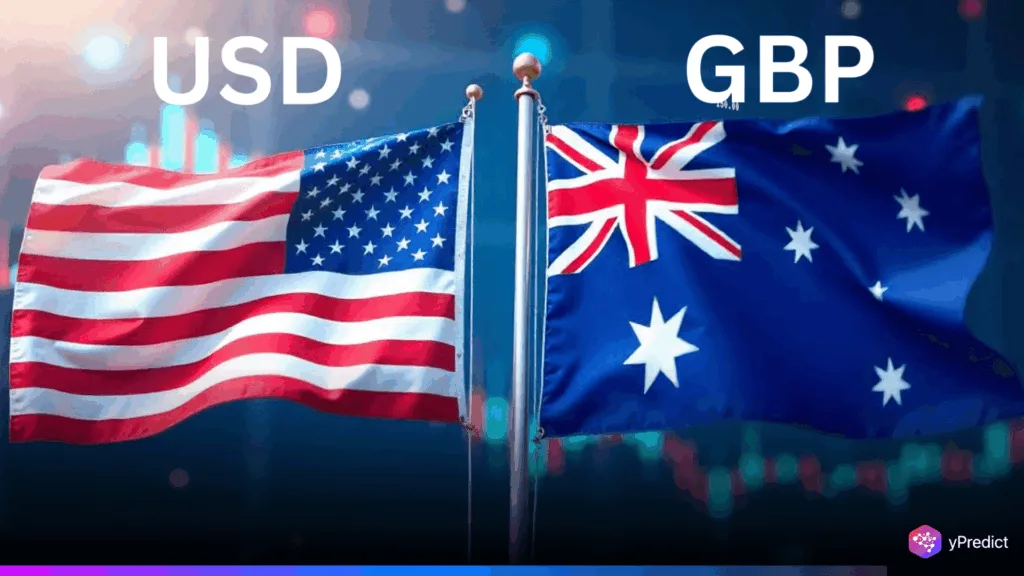
The Pound Sterling tumbles substantially against the US Dollar at the beginning of the week, with GBP/USD dropping in value below the 1.3200 level to trade close to 1.3140, or the lowest level in a month. The sudden loss in value comes after news of a temporary tariff reduction deal between the United States and China, increasing sentiment for the US dollar and supporting anticipation of Federal Reserve interest rate cuts.
US Treasury Secretary Scott Bessent tweeted that Washington and Beijing have agreed to a 90-day reduction in trade tariffs of up to 115%, with the changes starting Wednesday. While sanctions on fentanyl remain in effect, this is considered a large-scale de-escalation of the trade war that has weighed on global markets.
US-China Tariff Deal Lifts Dollar, Opens Door for Fed Rate Cuts
The US-China tariff deal has clearly influenced asset prices across the world, and, not surprisingly, has led to a rally of the US Dollar as well. The US Dollar Index (DXY) rose to 101.80, its highest level since early April, as investors are again seeing strength in the Greenback.
This is also a sign of a possible change in monetary policy. Since trade tensions appear to have stabilized, inflationary pressures in the US are now likely to abate, creating a greater possibility that the Fed would dust off the rate cuts it has been waiting to do since January. “A window is starting to open for the Fed to move, should inflation subside,” stated one analyst.
BoE Signals More Cuts, But Sterling Weak Against USD
Although the Pound Sterling is holding steady against some of its peers due to the cautious optimism emanating from the Bank of England (BoE), it is still likely to weaken against the reinvigorated US Dollar. The BoE cut its policy rate by 25 basis points to 4.25% last week while continuing to be cautious in its forward guidance. Deputy Governor Clare Lombardelli described how monetary policy remains restrictive and there is the prospect of even further easing due to gradual disinflation and changing conditions in international trade.
However, the vote split within the BoE’s Monetary Policy Committee indicates internal uncertainty. Chief Economist Huw Pill, who voted against the cut, referenced how the risks from domestic inflation are still present and somewhat dismissed any immediate significance of the global trade deal with respect to its potential impact on the UK economy.
Bearish Reversal Confirmed Below 1.3200
From a technical perspective, the Pound Sterling falls after breaking down from a Head and Shoulders (H&S) pattern on the four-hour chart—a classic bearish reversal signal. The pair has slipped toward the 200-period Exponential Moving Average (EMA) near 1.3190, reinforcing a downside bias.
The Relative Strength Index (RSI) has dipped below 40.00, and if it stays under this level, fresh selling momentum could emerge. Immediate support lies at the psychological level of 1.3000, while the upside is capped at the recent three-year high of 1.3445.

